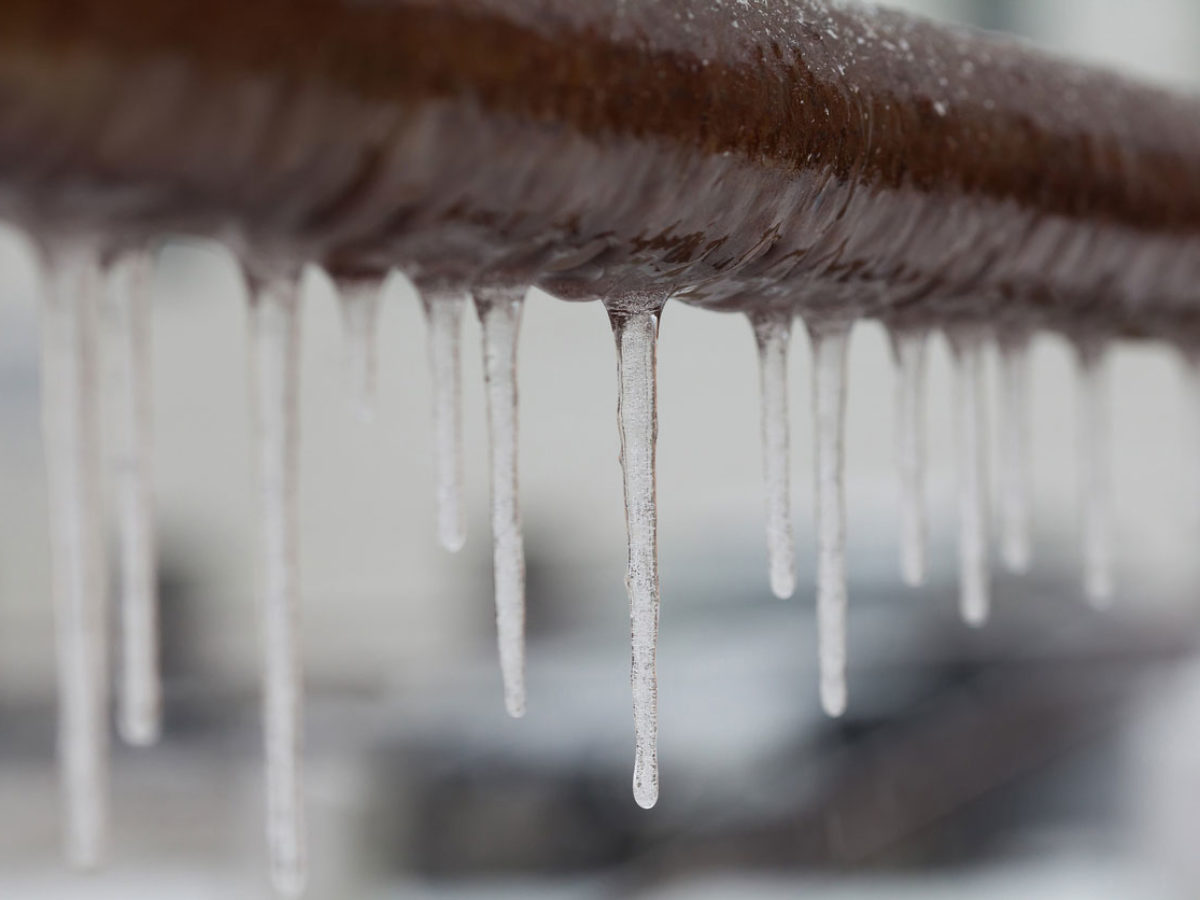Identifying a Frozen AC Pipe - Effective Solutions for House Cooling Systems
Identifying a Frozen AC Pipe - Effective Solutions for House Cooling Systems
Blog Article
Are you currently trying to find information Why Is Ice On My Outside Air Conditione?

Intro
Finding that your air conditioning pipe is iced up can be concerning, particularly during hot summer season when you count on your air conditioning unit the most. Comprehending what to do in such a circumstance is crucial to avoid additional damage to your air conditioning system and guarantee your convenience indoors.
Recognizing the Causes
Numerous variables can contribute to the cold of an air conditioning pipe. Comprehending these reasons can help you address the issue efficiently.
Lack of Airflow
One common cause of an icy air conditioner pipeline is inadequate air flow. When the air flow over the evaporator coil is restricted, it can trigger the coil to go down below freezing temperature, causing ice formation on the pipe.
Low Refrigerant Levels
Inadequate refrigerant degrees in your air conditioner system can likewise lead to an icy pipe. Reduced refrigerant degrees can trigger the stress in the system to drop, causing the cold of moisture on the evaporator coil.
Winter Conditions
In colder climates, freezing temperatures outside can add to the freezing of a/c pipes. If your air conditioner unit is not effectively protected or if there are leaks in the ductwork, chilly air can penetrate the system, creating the pipe to freeze.
Dirty Air Filters
Unclean or clogged up air filters can limit air movement in your air conditioner system, bring about numerous problems, including a frozen pipe. It's vital to replace or cleanse your air filterings system regularly to ensure correct air flow and protect against ice build-up.
Signs of a Frozen AC Pipe
Acknowledging the indications of an icy AC pipe is essential for punctual activity.
Lowered Airflow
If you see a substantial reduction in air movement from your vents, it might show an icy pipe.
Ice Buildup on the Pipe
Noticeable ice build-up on the cooling agent line or the evaporator coil is a clear indicator of a frozen AC pipe.
Odd Sounds from the Unit
Unusual audios, such as hissing or gurgling, originating from your a/c device can indicate that there's ice present on the pipeline.
Immediate Actions to Take
When faced with a frozen air conditioning pipeline, it's important to act promptly to avoid more damages to your air conditioning system.
Switching off the air conditioning
The very first step is to shut off your ac system to prevent the system from running and aggravating the problem.
Looking for Blockages
Examine the area around the indoor device for any blockages that might be blocking air movement, such as furnishings or drapes.
Thawing the Pipe
You can use mild techniques like placing towels soaked in warm water around the frozen pipeline to help thaw it gradually.
Safety nets
Taking safety nets can aid avoid future events of an icy air conditioner pipeline.
Routine Maintenance Checks
Arrange routine upkeep consult a specialist HVAC service technician to make certain that your a/c system is running successfully.
Changing Air Filters
Consistently replace or clean your air filters to prevent air movement limitations and maintain ideal performance.
Insulating Exposed Pipes
If your air conditioner pipes are subjected to chilly temperatures, think about insulating them to stop cold throughout cold weather.
Seeking Professional Help
If DIY techniques fail to resolve the issue or if you're uncertain concerning how to proceed, it's ideal to seek aid from a certified HVAC professional.
When DIY Methods Fail
If your attempts to thaw the pipe or address various other issues are not successful, it's time to call an expert.
Value of Hiring a Professional HVAC Technician
A licensed HVAC specialist has the expertise and tools necessary to detect and fix problems with your air conditioning system securely and successfully.
Conclusion
Taking care of an icy air conditioning pipeline can be a discouraging experience, but understanding how to react can help lessen damages and bring back comfort to your home. By recognizing the causes, identifying the signs, and taking timely activity, you can efficiently resolve the issue and stop future occurrences.
What to Do If Your AC Line Is Frozen
Make Sure All Supply and Return Air Vents Are Open
If you notice problems with airflow, the first thing you should do is check your supply and return vents. Supply vents distribute clean, conditioned air throughout your home. As this air becomes stale, it’s pulled into the return vent, where it’s reconditioned before being sent back out through the supply vent.
When these vents are closed, air won’t flow in the home. Before examining your AC, check the vents in every room and ensure they’re all open.
Check for a Dirty Air Filter
Another possible cause of limited airflow is a dirty air filter. Your air conditioner’s filters catch elements you don’t want to breathe in, such as dirt and dust. Over time, filters can become clogged, ultimately blocking air from flowing in and out. The lack of airflow can then cause the entire coil to freeze and will completely restrict any air from moving through it. The AC may need to be powered off for one to two days to allow the coil to thaw after replacing the filter to allow proper functioning of the unit. This debris can also accumulate on your AC’s evaporator coil, requiring a more serious repair. In general, air filters should be cleaned regularly (about every two weeks).
Assess Your Outdoor Unit
In addition to checking your AC, assessing the outdoor unit is a good idea. Also known as the condensing unit, it works with your interior unit to release heat outside. An issue with the outdoor unit can result in rising internal temperatures.
Overgrown Shrubs or Clogged Leaves
From leaves and twigs to shrubs and debris, there’s no shortage of outdoor elements that can accumulate around your condensing unit. When these elements get lodged inside the unit, they can block airflow. Fortunately, removing the blockage can solve the problem.
Sounds of a Broken Fan
Shrubs and leaves aren’t the only things that can impede your outdoor unit’s airflow. If the fan is broken, the unit won’t be able to properly get rid of heat — which means the internal temperature won’t go down. First, make sure the fan is spinning. If it is, check for the following sounds of a broken fan:
Buzzing Rattling Screeching Hissing Clicking Preventative Measures
Nobody wants to deal with a frozen AC line. In addition to causing problems with your air conditioner, they require professional repairs. On the bright side, there are preventative measures you can take to help ensure this issue doesn’t arise in the first place.
https://www.coopergreenteam.com/blog/what-to-do-if-ac-line-frozen

Hopefully you liked our part about Why Is Ice On My Outside Air Conditione. Thanks a lot for taking time to read our blog. Do you know about somebody else who is enthusiastic about the topic? Be sure share it. Thanks a lot for your time. Don't forget to come by our site back soon.
Call Today Report this page